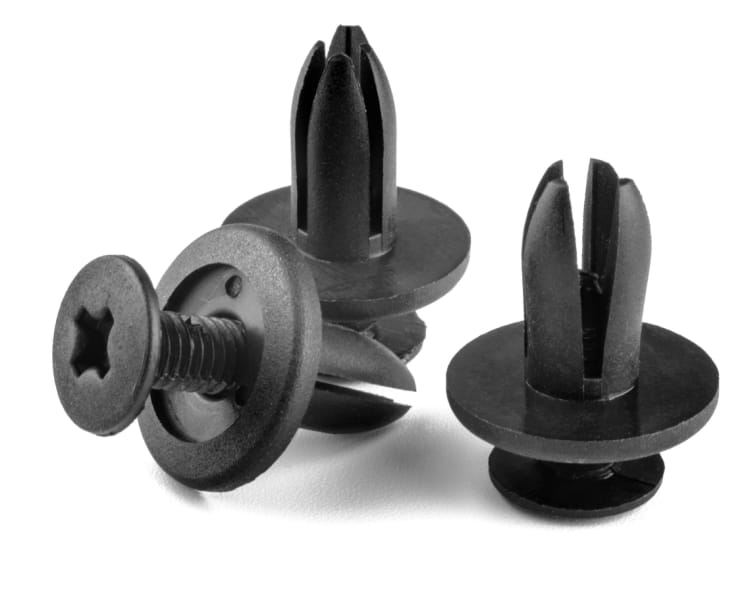
Inexpensive and simple production of robust components
High-energy radiation can improve the mechanical, thermal, chemical and tribological properties of plastics to such an extent that they can replace metals in some applications. - The benefits of radiation crosslinking are often little or not at all known beyond the circle of direct users - says Dr. Michal Daněk, Key Account Manager Radiation Crosslinking at BGS, one of the pioneers in treatment with electrons and gamma rays. - This is unfortunate, as radiation crosslinked plastics offer benefits for the manufacture of a whole range of automotive, industrial and consumer products.
High-energy electron or gamma radiation splits chemical bonds in the long-chain molecules of plastics in a particular way, known as homolytic. This means that some of the bonds in the chains are split in such a way that one of two bond electrons remains in each of the resulting fragments. Chemists call these highly reactive and therefore unstable fragments free radicals. Neighboring radicals then react with each other and form cross-links between the chain-like molecules. This creates a three-dimensional, very stable network.
However, this does not apply to all types of plastics. A corresponding reactivity must be present. With some plastics, the use of a cross-linking additive helps to ensure this reactivity. Appropriately modified materials are available on the market. In addition to standard plastics such as polyethylene (PE) and ethylene vinyl acetate (EVA), etc., engineering plastics such as polybutylene terephthalate (PBT) and polyamides (PA 6/66/11/12) or thermoplastic elastomers such as TPE are suitable for radiation crosslinking - in some cases only with an additive. High-performance plastics such as polyvinylidene fluoride (PVDF) and ethylene tetrafluoroethylene (ETFE) are also suitable.

Upgrading through radiation crosslinking
Radiation crosslinking significantly improves the properties of these plastics. - They can be used under conditions that they would otherwise not be able to withstand. The material really gets an upgrade - says Daněk.
The effect of radiation treatment on polyamides has been particularly well researched. These engineering plastics are characterized by their versatility and ease of processing. Untreated, however, their use reaches its limits when high temperatures occur and durability is required despite friction or other strong mechanical stress.



